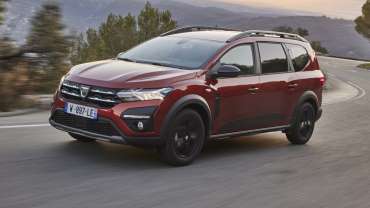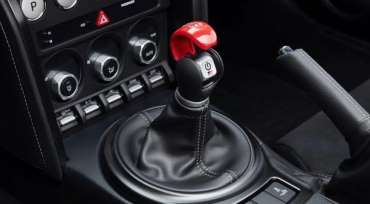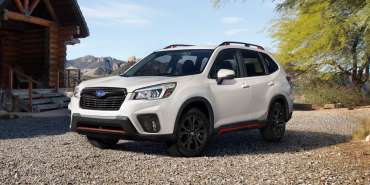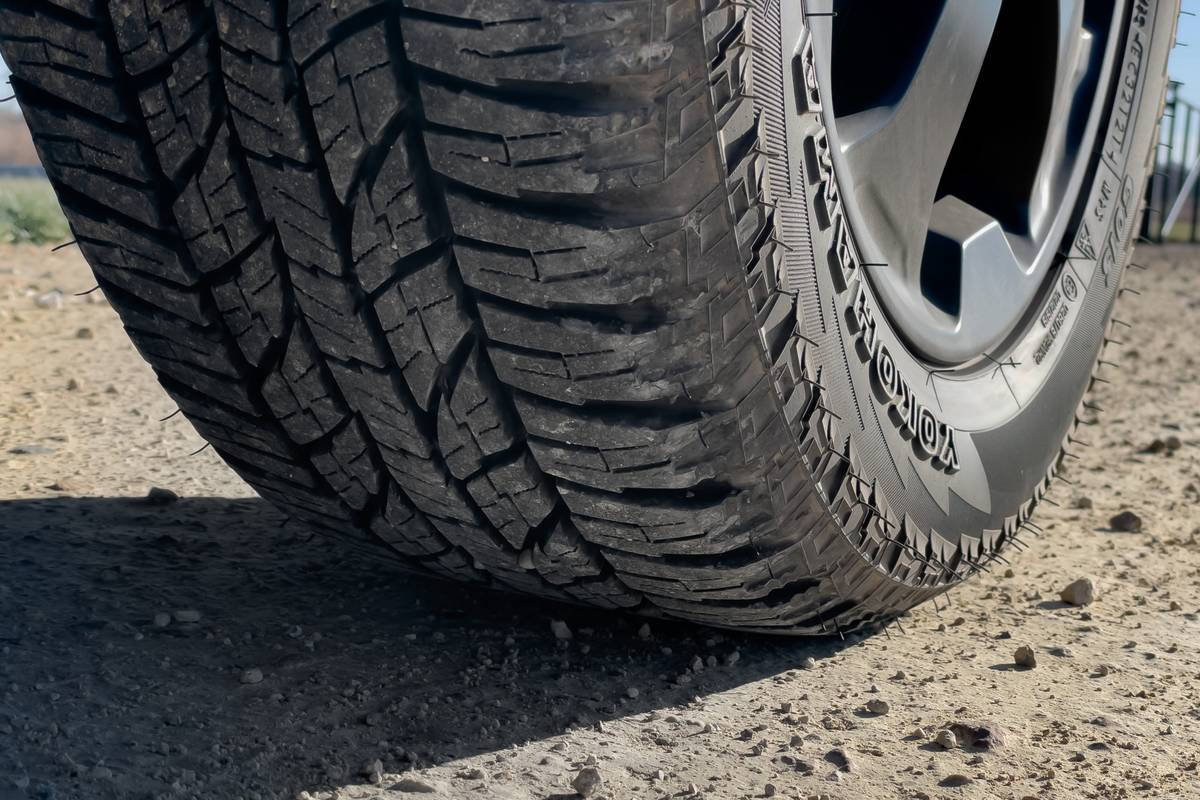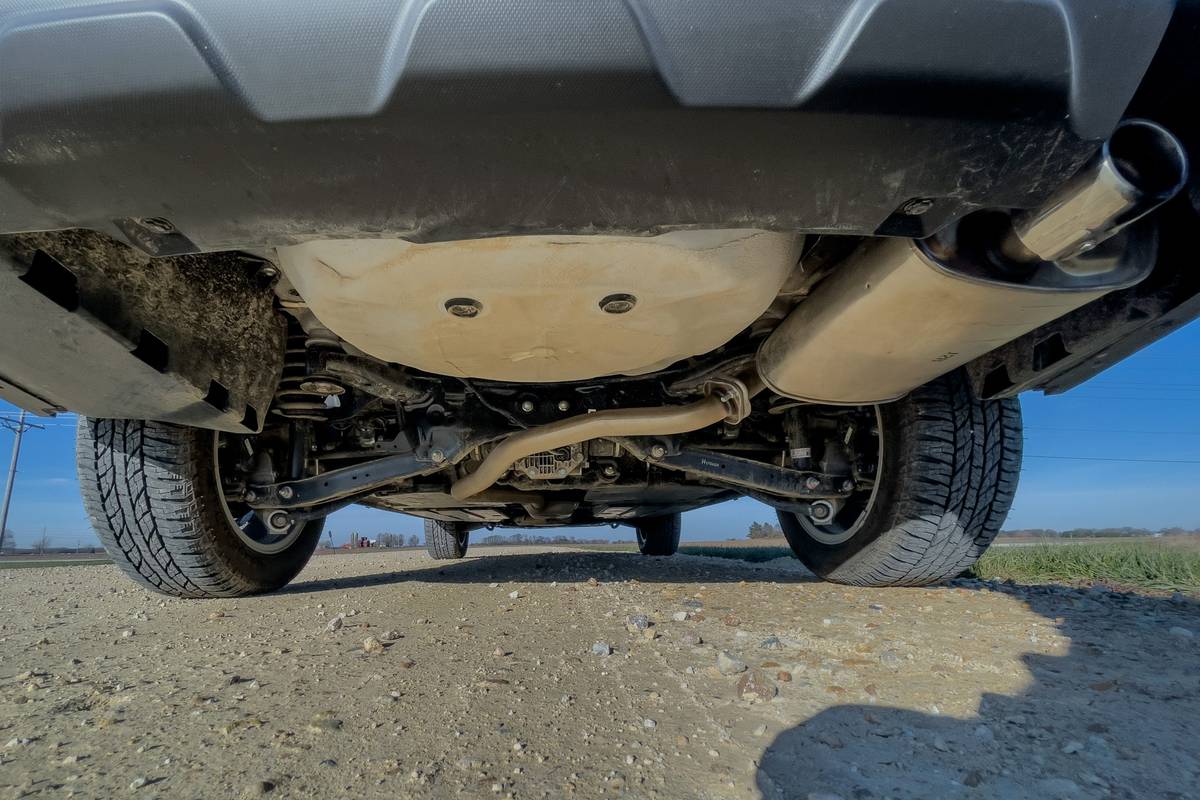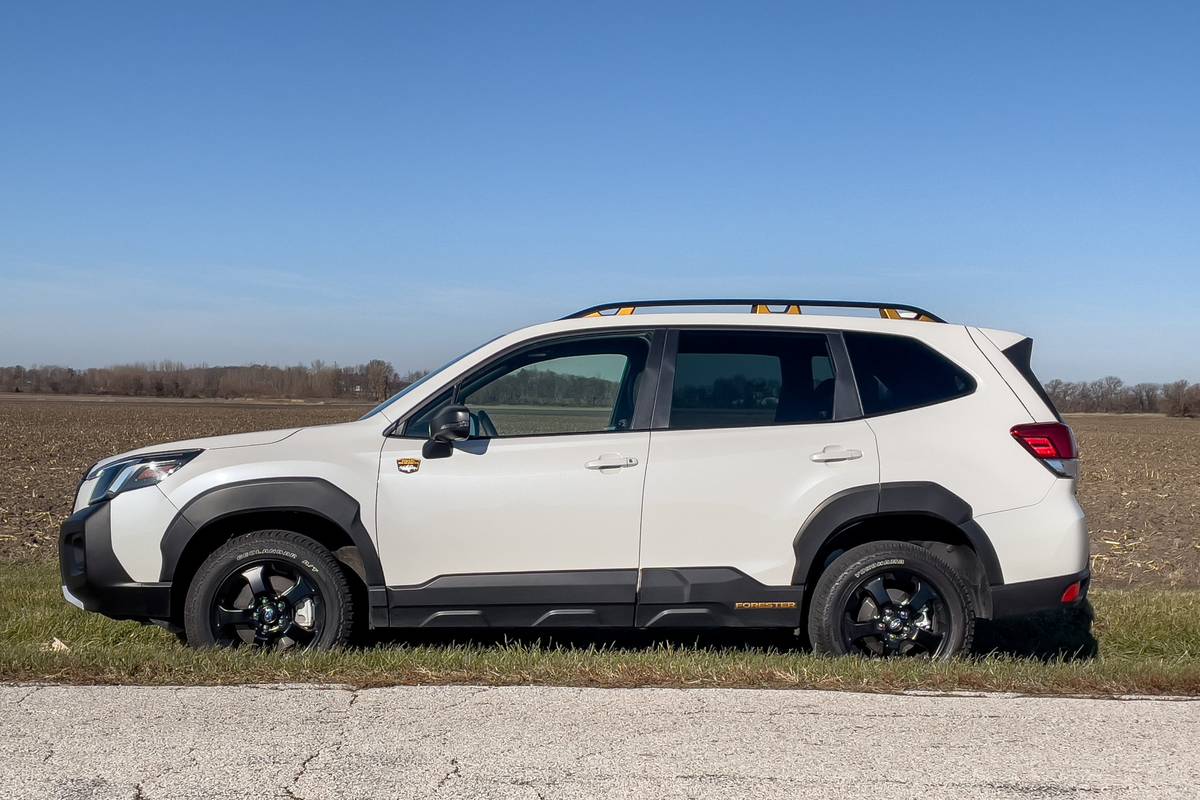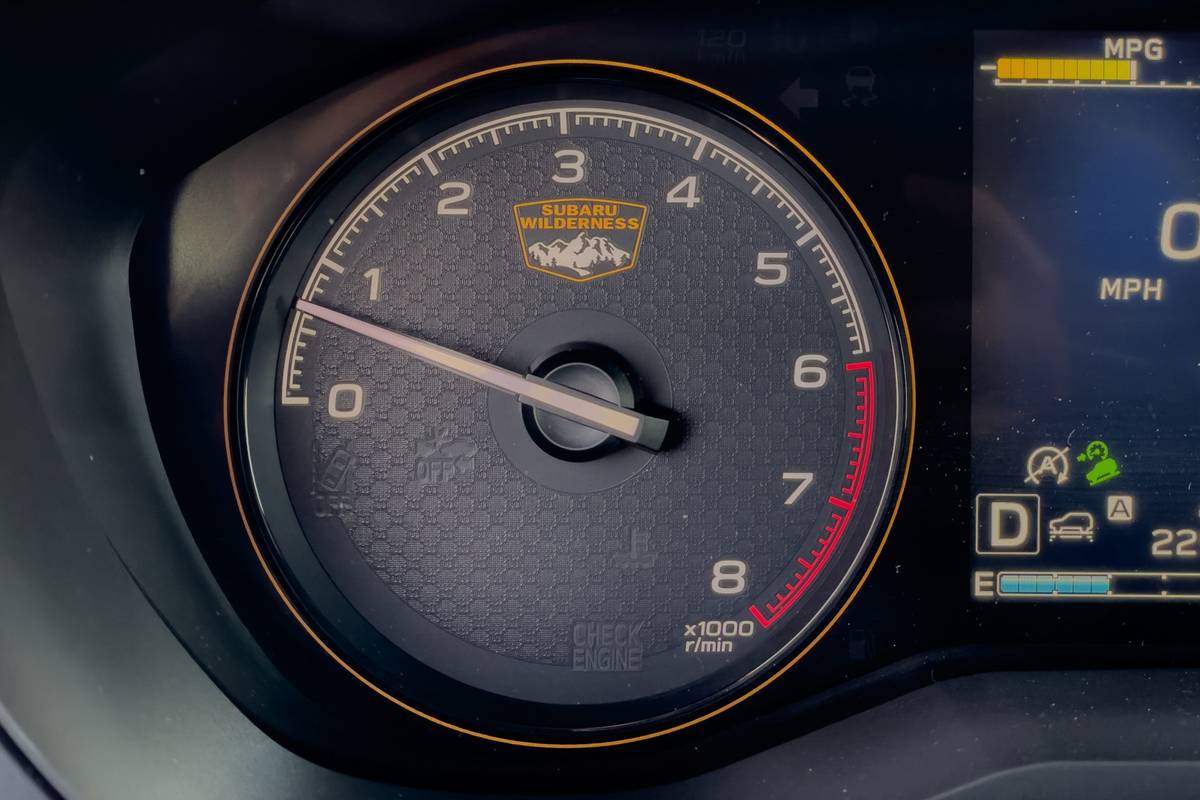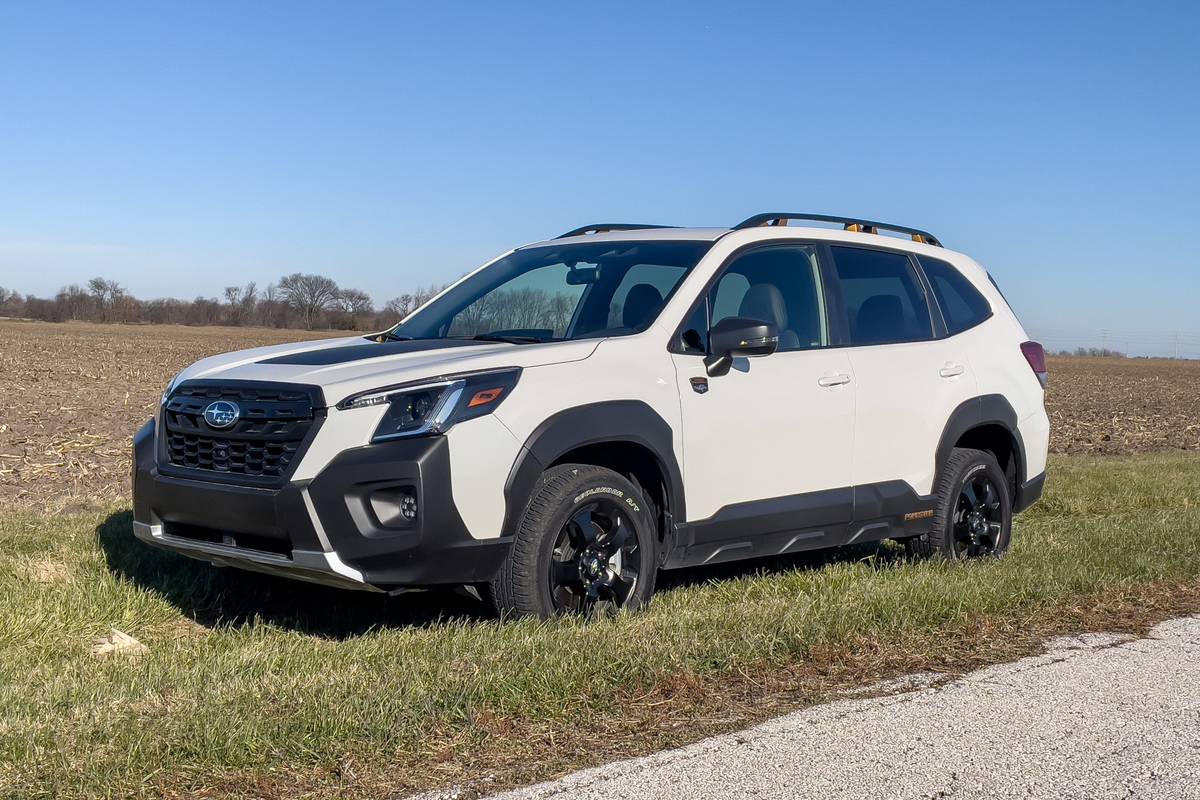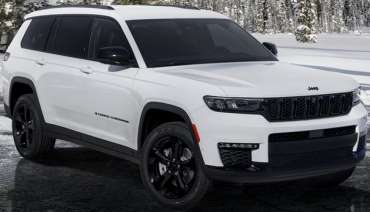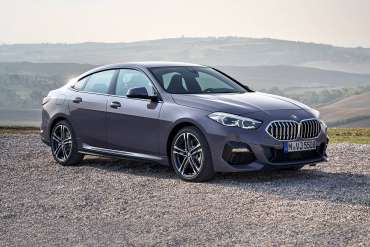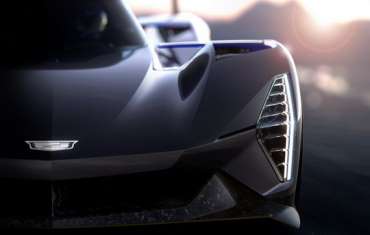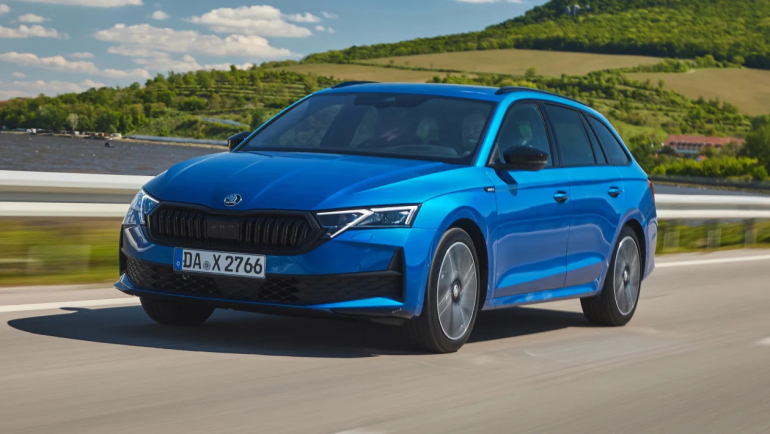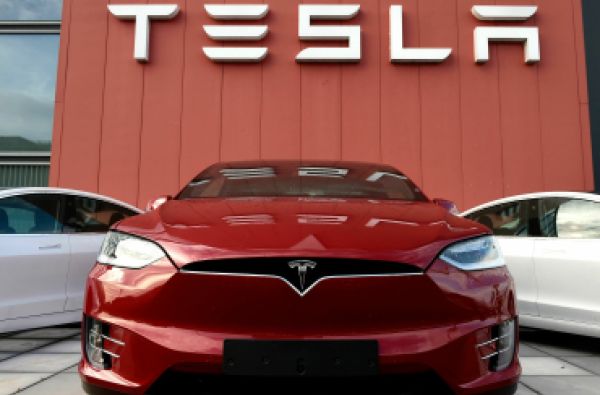Is Dacia the new Skoda? With the latter’s relentless march towards the premium and the demise of its most interesting products, there’s a gap opening up in the market. Not for a manufacturer to just pile ‘em high and sell ‘em cheap – that’s what MG’s for – but to sell cars that are genuinely a bit different, a bit left-field, and fantastic value.
That’s exactly what we have here. The Dacia Jogger (or ‘Yogger’ – it might be a soft ‘J’) is impossible to pidgeonhole. It feels like a Sandero supermini up front, but it’s longer than a Nissan Qashqai and has seven seats. Front-wheel drive only, but with 200mm of ground clearance and the sort of tough body cladding that’ll shrug off any trolley that the Morrison’s car park has to offer.
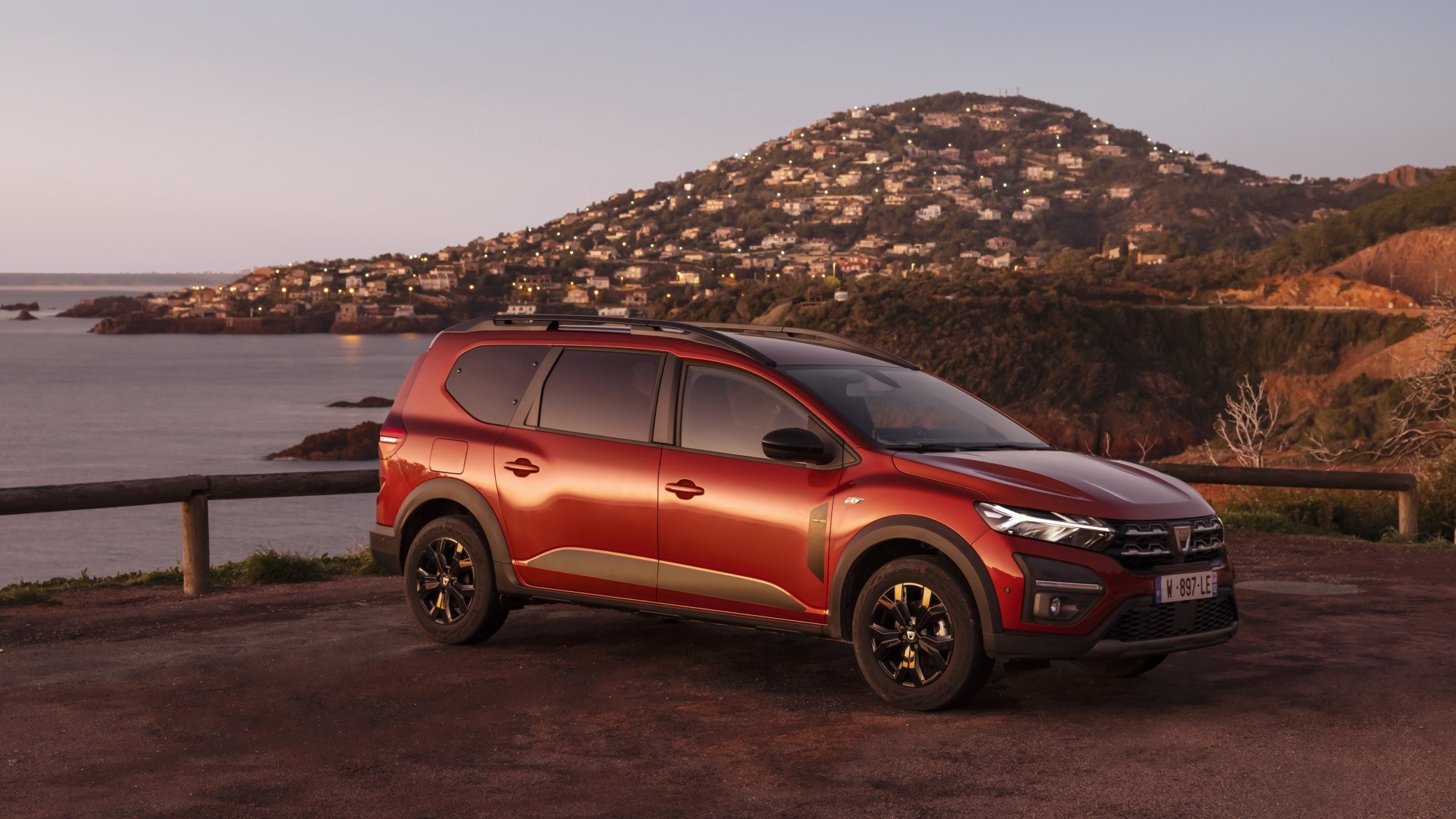
Yet prices start a couple of grand south of the cheapest Ford Fiesta you can buy.
That's such a big deal it's worth repeating. This is a brand-new, full-sized family car that starts from £14,995. The range-topping model costs £17,395. How has Dacia managed it?
What exactly is the Jogger?
Dacia says it blends ‘the practicality of an estate car with the spaciousness of an MPV and the styling of an SUV’. Unusually for something we’ve quoted directly from the press pack, that’s not too far off.
It’s based on the same CMF-B platform that underpins the Renault Clio and Captur as well as the Sandero, but stretched to the max and with an extended rear section to bring it above 4.5m in length. There’s shades of Skoda Roomster to the way this has been achieved, complete with a distinct stepped windowline where the Sandero cabin meets the new boxier rear.
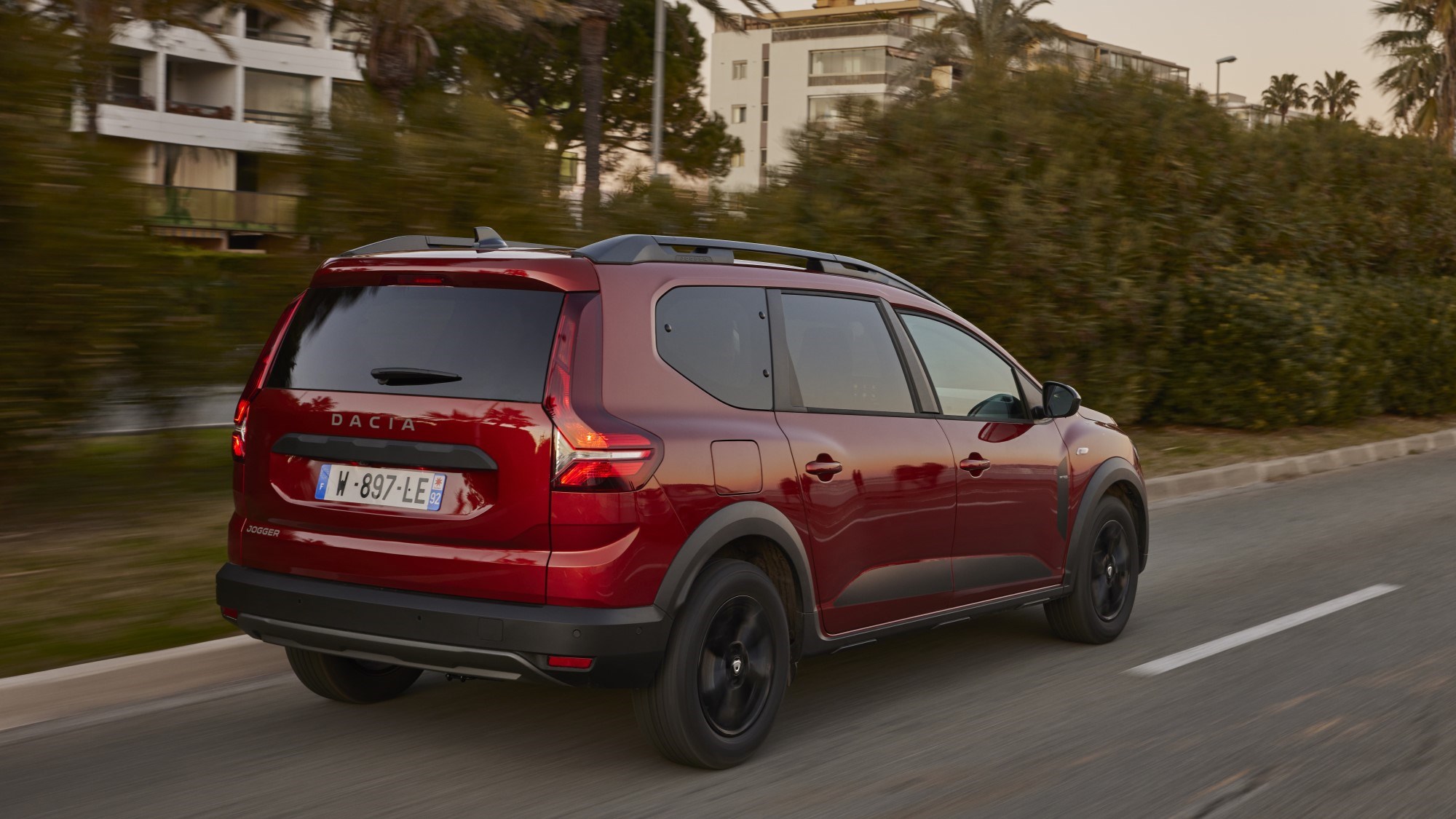
The range is the pinnacle of simplicity. Three trim levels at launch, and just one engine and gearbox – it’s a 109hp 1.0-litre petrol and six-speed manual. Continental markets get a bi-fuel LPG model, but the UK won’t – seems an odd thing to miss, considering bi-fuel Sanderos and Dusters are available and account for a not-inconsiderable 15% of sales.
We will, however, get a full hybrid model, coming in 2023. This will be similar to the system found in the Clio, Captur et al, and combine a 1.6-litre naturally-aspirated petrol engine with two e-motors and a 1.2kWh battery.
Is it really that spacious inside?
Amazingly so. There’s more room in the third row of the Jogger than any seven-seat SUV this side of a Discovery – it even gives purpose-built MPVs like the Citroen C4 Spacetourer something to think about.
This tester’s a generously proportioned 6’2 and fit impressively comfortably. Adults might not want to remain back there for the duration of a family road trip, but for anyone under 5’10 or so it’s a perfectly acceptable way to gad about town. You even get pop-out windows back there, a nostalgic touch that brought us right back to days spent in the third row of the family Espace.
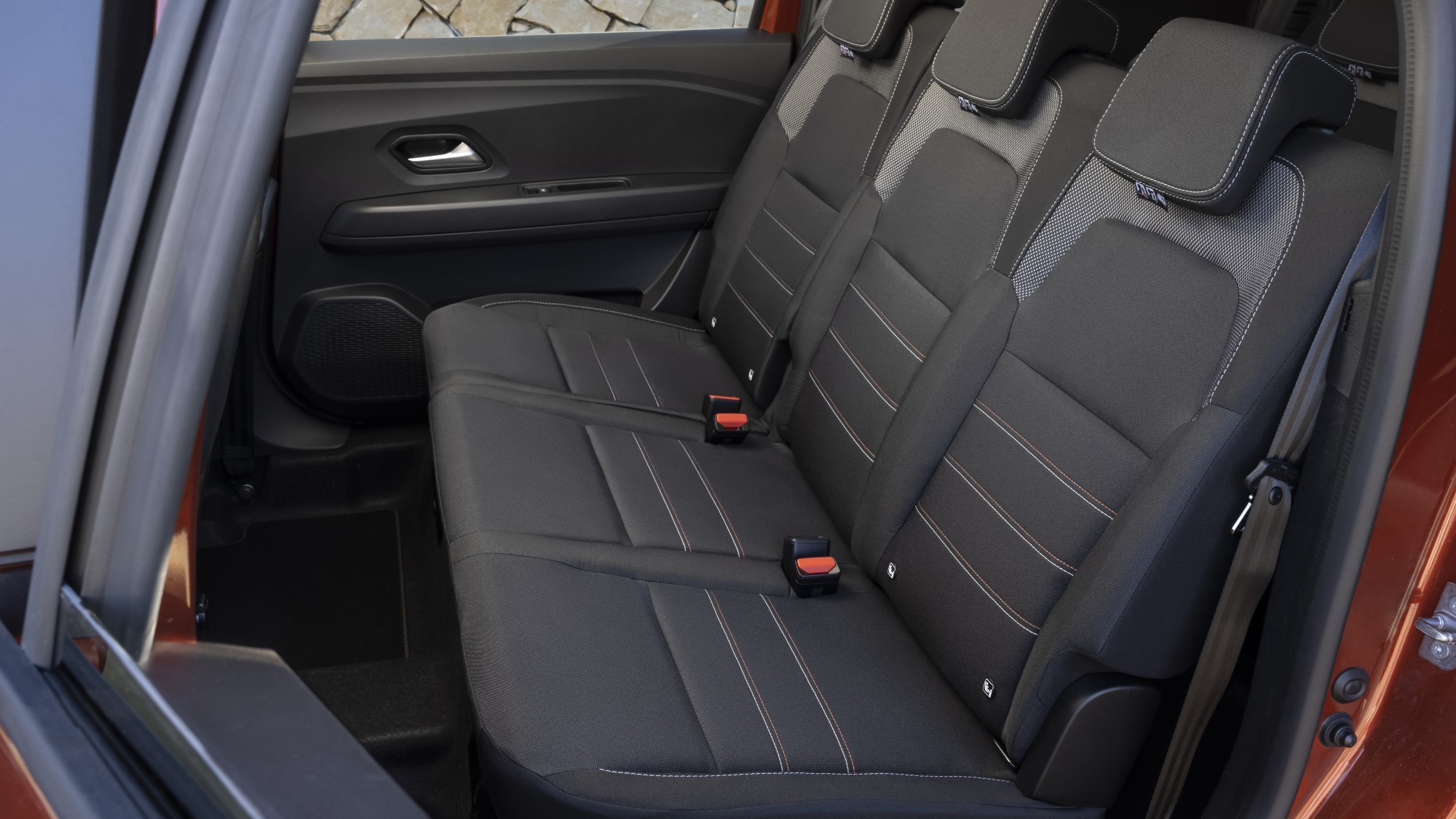
Access isn’t too bad either, with the second row easily tumbling all the way forward and big rear doors. And space in the second row is as good as you’d expect, with lots of knee and headroom and useful tray tables on the front seat backrests.
What you miss out on for that bargain price is the last degree of flexibility in the seating arrangement. Ever since the Chrysler Grand Voyager we’ve demanded seats that fold totally flat into the floor, but for maximum space in the Jogger you’ll need to remove the third row entirely. That’s not too fraught a process – it’s a couple of catches, and the seats themselves only weigh ten kilos each – but they’re a pain in the arse to store.
The second row doesn’t even come out, instead tumbling forward. When that’s done and with the third row removed you do get a massive load area – 2m long and a metre wide, over 1,800 litres in capacity. But it’s a shame it’s not as configurable as its rivals.
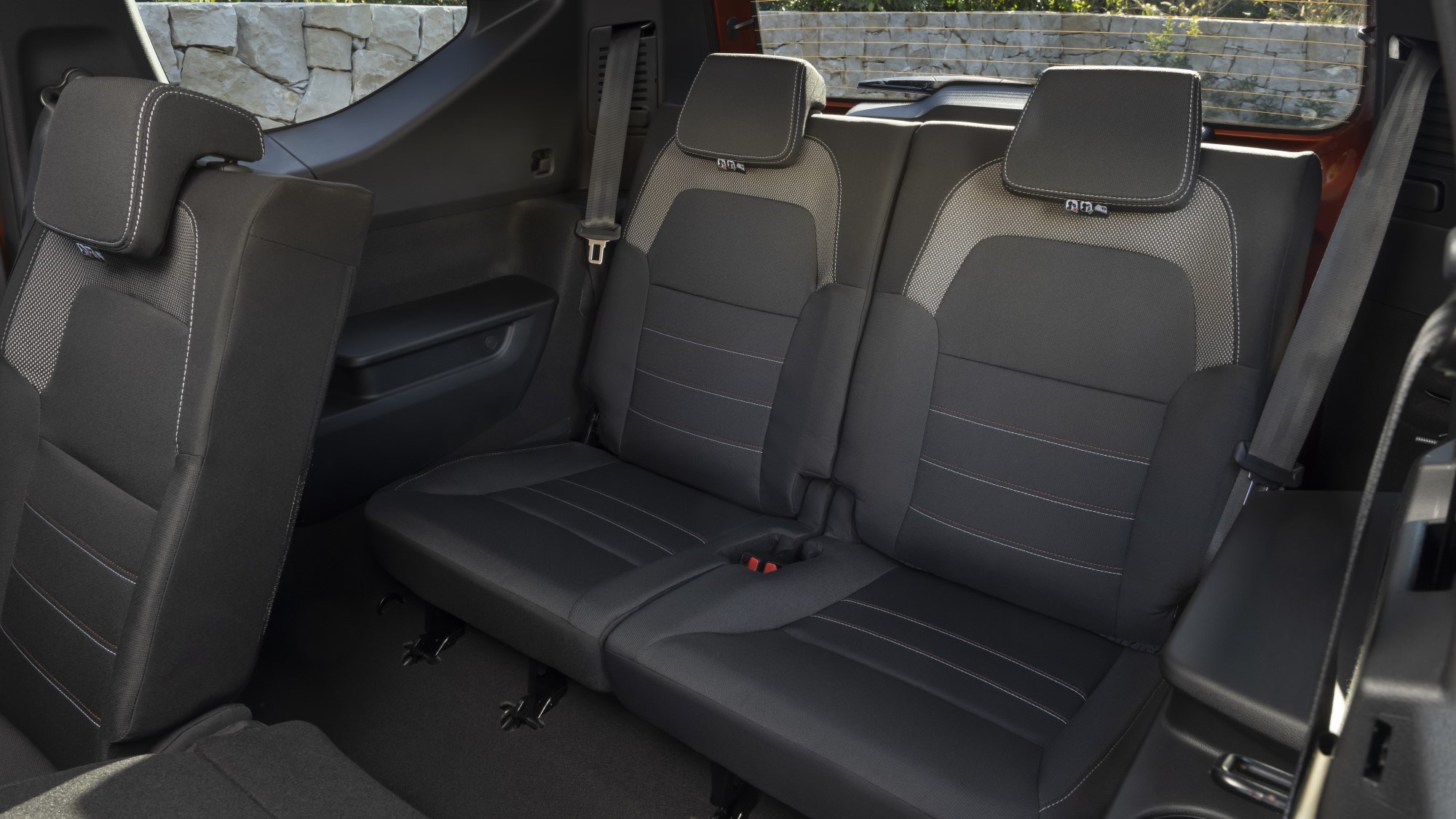
We love the modular roof rails available from the mid-spec car, though. These convert into a full roof rack in just a minute or two, and are ideal for all manner of bike racks, roof boxes or even a roof tent. There’s also an optional towbar, and the Jogger will tow up to 1,200kg. Maximum lifestyle.
What’s it like to drive?
There’s nothing groundbreaking about the Jogger’s 1.0-litre turbo petrol, and its 109hp and 148lb ft does sound rather asthmatic. What you need to remember is that it weighs 1,200kg, so – unloaded at least – it’s more than adequate if not especially sprightly. 0-62mph takes 11.2 seconds, about on a par with other bargain load-luggers.
We can’t yet comment on what it’s like seven-up, but we imagine you’ll need to stir the slightly notchy six-speed gearbox a fair bit to keep moving. It’s a shame that there’s no automatic variant until the hybrid arrives next year. It’s more of a shame there’s no diesel – that sort of low-down torque would suit this car very well. We've driven the bi-fuel variant too, which won't come to the UK at least initially. Despite a 10bhp power deficit it's virtually indistinguishable from the pure petrol car, except LPG's half the price and you can't spec a spare wheel.
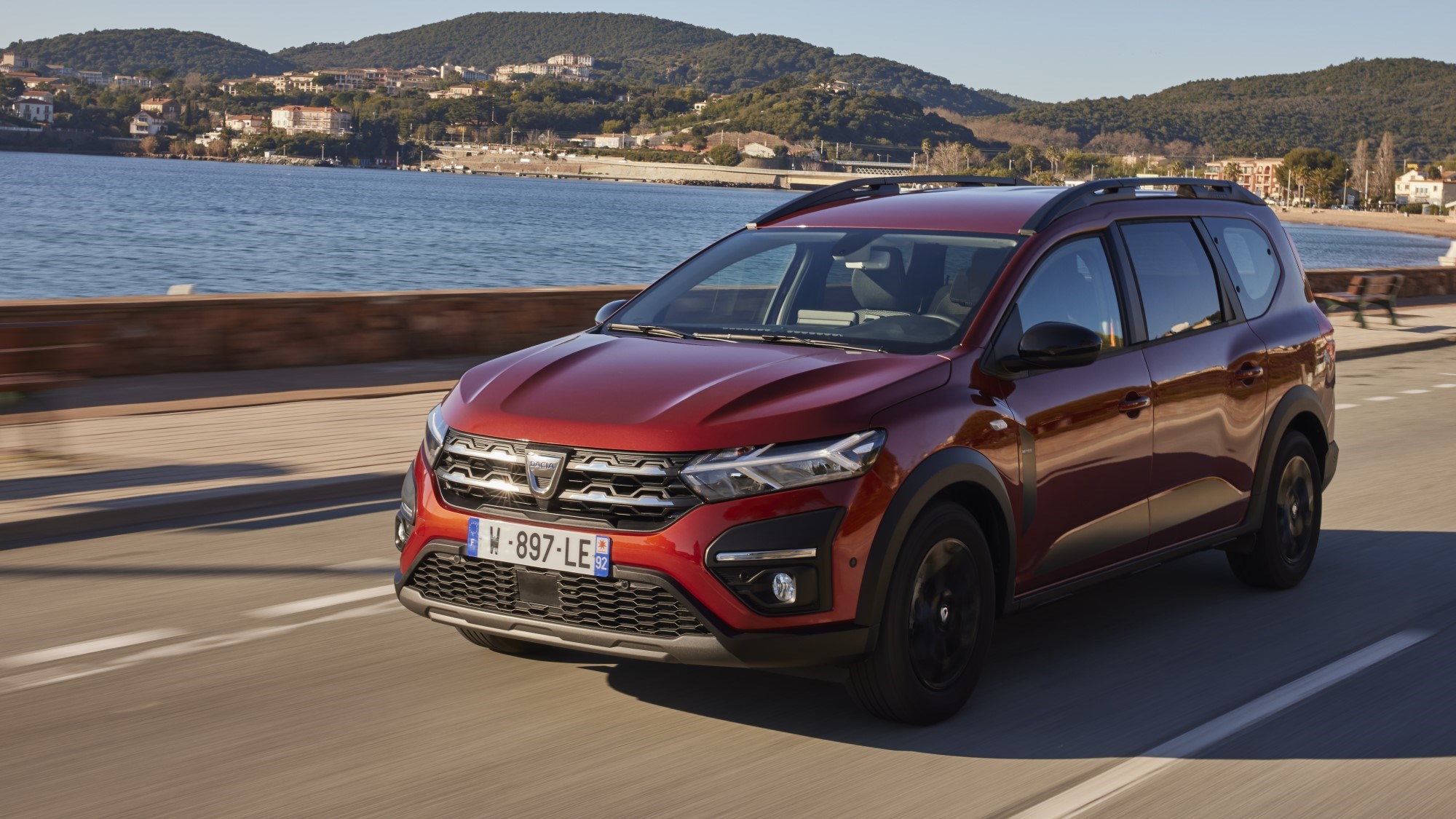
As for handling, if you like softly-sprung and very French you’ll enjoy the way the Jogger makes progress. Though it’s undeniably a bit wallowy in the corners, it effectively takes the edge off almost any bump, further helped by relatively large-diameter wheels. Just don’t expect precision.
With 200mm of ground clearance the Jogger’s cleared for soft-roading, though it'd be great if Dacia would introduce some sort of Grip Control system in lieu of four-wheel drive.
Does it feel that cheap inside?
It’s pure Sandero Stepway up in the front, but that’s not really a bad thing these days. Sure, you’ll need to look elsewhere for soft-touch plastic but these days even the base-spec Essential model has air-con, cruise control and rear parking sensors (the latter because Dacia UK reckons we might need help parking something so long. They may be right).
Those base-spec cars make do with a smartphone mount instead of a centre touchscreen, but step up to Comfort trim and you’ll get a basic if quite user-friendly infotainment system. And with Apple CarPlay and Android Auto available, why bother using the factory software at all? The mid-spec also brings climate control, electric rear windows, keyless entry and an electric parking brake that simply feels weird on a Dacia.
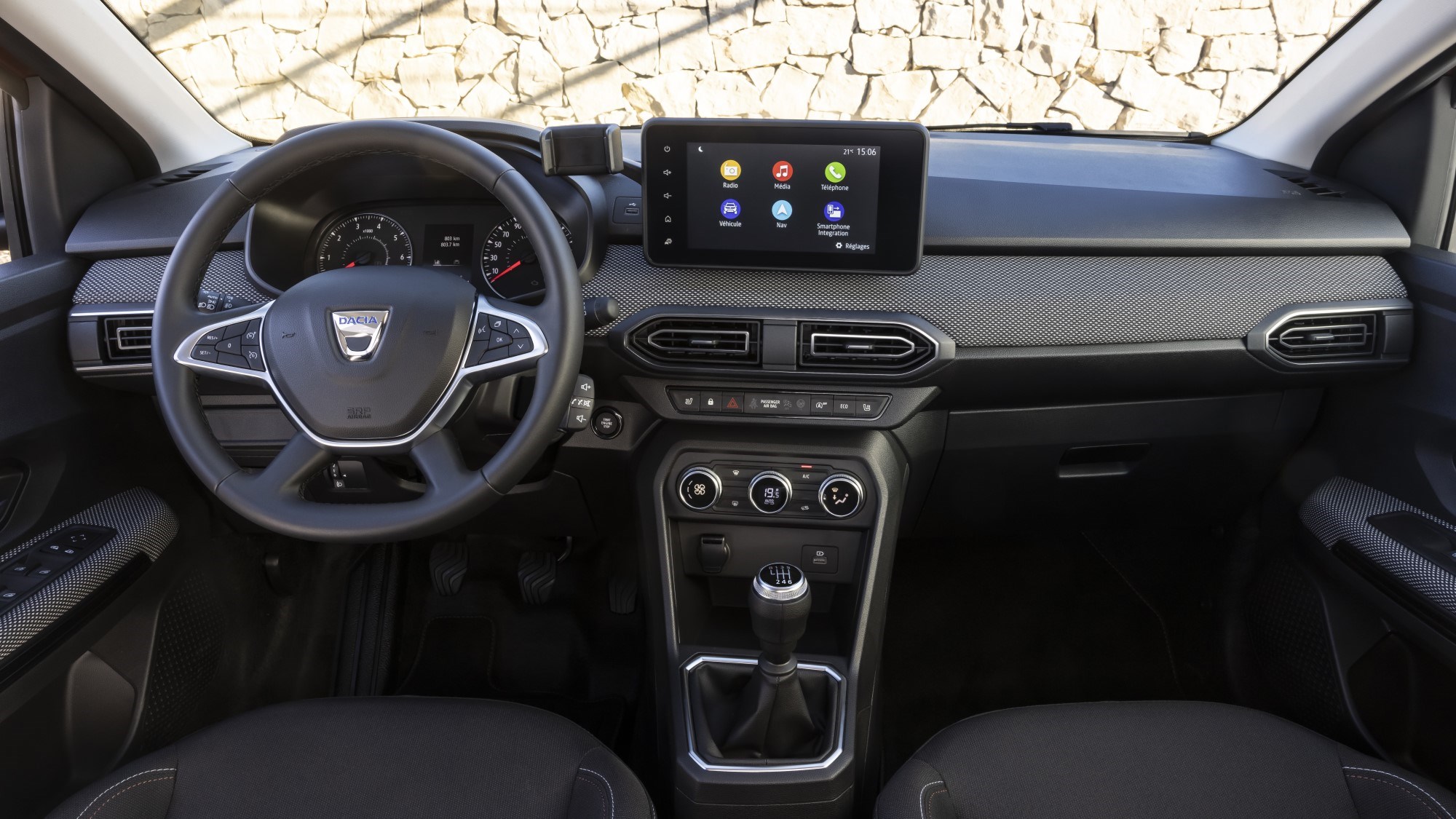
Top-spec ‘Extreme SE’ cars get navigation added plus heated front seats and a raft of styling extras to make it look more rugged. Sales performance will dictate if this is made a permanent part of the model range, or replaced after a few months with a more conventional range-topper.
Regardless of model, it’s not luxurious in here – but then neither are its rivals, which tend to be based on vans. And we’d rather sit behind the wheel of a Jogger than we would a Berlingo.
Verdict
The Dacia Jogger is so honest that it’s almost impossible to dislike. Props to the budget brand for making something that ticks so many boxes – it’s spacious, comfortable, clever and amazing value for money.

We can see the Jogger proving popular with big families, with taxi drivers, and with those of a more lifestyle-y persuasion – expect to see plenty of these down the coastline or at bike parks loaded up with muddy gear.
Some off-road capability would have been the icing on the cake, making the Jogger a real budget Subaru Outback rival, but as it is now the Jogger’s easy to recommend over a van-based MPV or many of the smaller seven-seat SUVs.


